We’d like to introduce you to Dan Bell, 48, of Nogales, Arizona .
.
Arizona Beef: Tell us a little bit about yourself, your family and about your ranch:
Dan Bell: I am a third-generation rancher with a degree in Renewable Natural Resources from the University of Arizona. I am married to my wife of 23 years, Roxanne. Roxanne is a middle school science teacher and is also the advisor to the Arizona Junior Livestock Association. We have three children – Aidan is 9 years old and in the 3rd grade, Matt is 17 years old and a junior at Nogales High School, and Katie is 20 years old and a sophomore at Pima Community College and transferring to the University of Arizona College of Agriculture in the fall. Our ranch is a family held corporation called ZZ Cattle Corporation. It is comprised of 9 family shareholders, my parents, George and Juby, my uncle and aunt, Tom and Charlotte, my three cousins, Scott, Thomas and Chris, as well as my sister Jessica and me. Management of the ranch is handled by my cousin Scott and me, with input from my father and uncle.
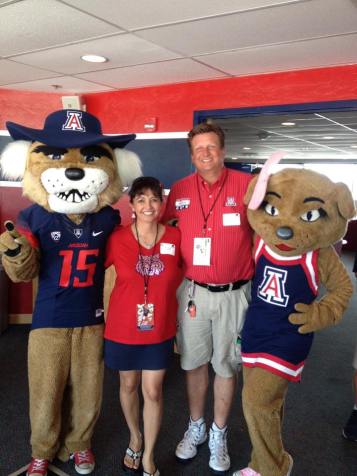
The ranch got its start in the mid 1930’s when my grandparents Thomas and June Bell acquired the 61 Ranch which was largely made up of a Forest Service grazing allotment. Over the years, the ranch operation has grown to Forest Service grazing, a State grazing lease, private land and private leases. In the beginning, the cattle herd was Hereford and in the 1980’s we began the transition to the Black Angus herd it is today.
We pay careful attention to our genetics, to enable our livestock to perform in our country, while at the same time providing the consumer with what they desire. We raise our own replacement heifers to put back in the cow herd and purchase high quality purebred Angus Bulls to achieve our desired outcomes. We are Beef Quality Assurance certified and do our best to constantly move forward, improving our cattle and the ranch.
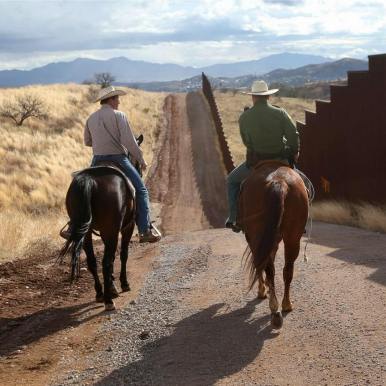
We ranch along the border with Mexico for approximately 10 miles. The size of the ranch is approximately 35,000 acres, with a stocking rate of about 1 cow to 50 acres. We are home to many endangered species like Mexican Spotted Owl, Lessor Long Nosed Bat, Chiricahua Leopard Frog, Sonoran chub (a minnow) and we have even had Jaguar presence. It is also home to wildlife like Mule Deer, Whitetail Deer, Javelina, Coatimundi, Mountain Lions, Mearns Quail, and much, much more.
How does the technology you use now differ from the technology that was passed down to you or that generations passed may have used on this ranch?
The biggest change we’ve probably experienced with regards to technology would be our record keeping. Tagging animals with individual identification, along with the use of computers and spreadsheets has allowed for more information to be collected and stored and is easily reviewed and evaluated for the cattle we raise. Cattle handling equipment has also come a long way, as it provides safer environment for the both the rancher and livestock which enables us, as ranchers, to obtain data and perform Beef Quality Assurance practices.
What are some common misconceptions that you think people may have about the way you raise cattle on your ranch?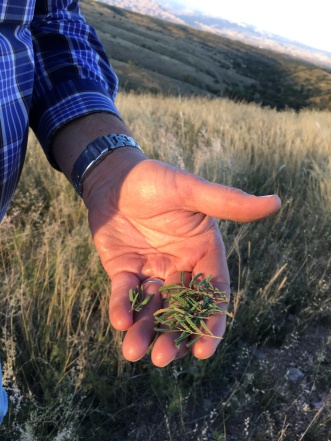
Sometimes it is alleged that ranching has a negative impact on the environment. However, I would submit that the opposite is true. Ranching and raising cattle have positive impacts everywhere you look. They provide open space over large landscapes, enabling wildlife connectivity. We take pride in what we do. We monitor vegetation on a yearly basis to ensure we are meeting resource expectations. Through our water developments, we are providing reliable sources of water not only for the livestock we raise but also because the wildlife has become dependent upon it. The strategic placement of our water facilities allows for more uniform distribution of livestock and wildlife over the entire ranch.
We also utilize rest-rotation grazing management that allows us to graze pastures in a pattern that allows for each of our pastures to receive growing season rest 2 out of every 3 years. As ranchers, we are most interested in assuring that resources we depend on year after year will continue to provide for generations to come. If we are successful in that endeavor, then we know the livestock and wildlife will thrive.

What is the most important thing that you do on your ranch every day to make sure you are raising safe beef for all to consume?
As ranchers, it is important for us to continually monitor our livestock to ensure the herd is healthy. In regards to our ranch, we are certified in Beef Quality Assurance programs that provide a frame work to follow and implement best management practices for livestock handling, vaccination protocols, and preconditioning our livestock to ensure sickness is not a factor.
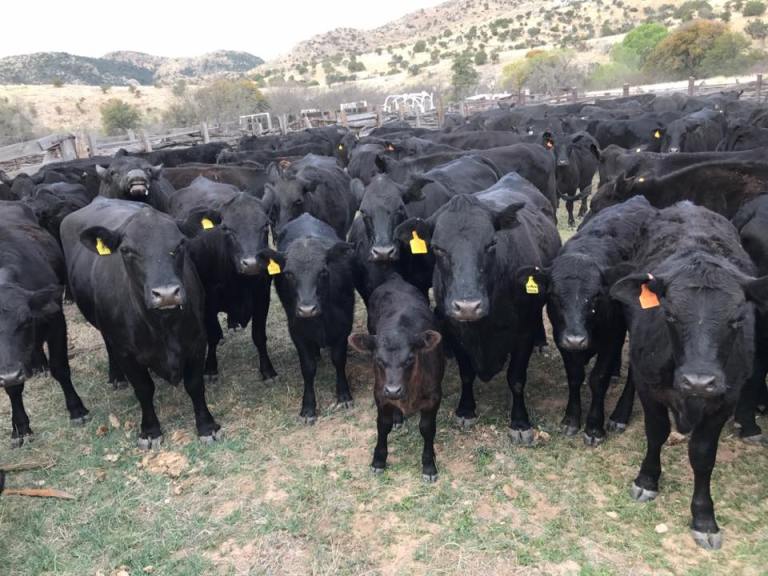
What would you like people to know about you and the work you do to raise beef?
Our family takes pride in what we do. Through our livestock, we take a renewable natural resource and convert it, into a safe and wholesome product, beef! It is an awesome responsibility when you consider that only about 1 percent of the U.S. population is providing the nutritional requirements for the country and a lot of the world.
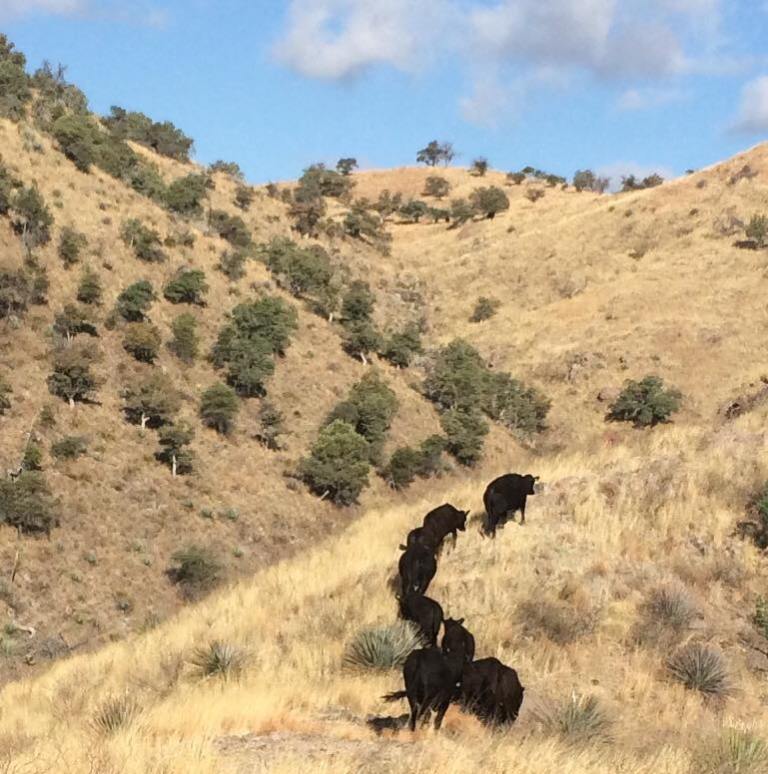
If you could describe in one word the life of a rancher, what would it be?
Rewarding!

Lastly, and of course most importantly, what is your favorite cut of beef and how do you like to prepare it?
This is extremely difficult to answer because there is a cut of beef for any occasion. For special occasions and holidays, a standing Rib Roast is on the plate. For gathering with friends, it has to be the Flank and Skirt Steaks prepared Carne Asada style. But, perhaps my favorite cut is the Ribeye.
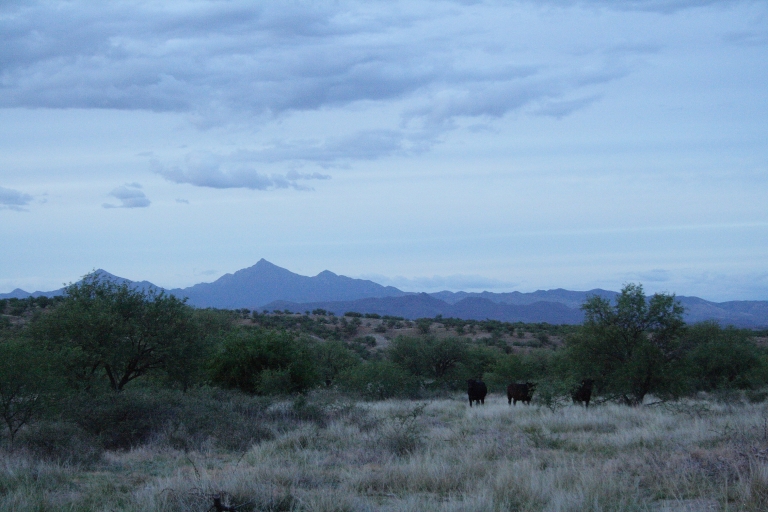

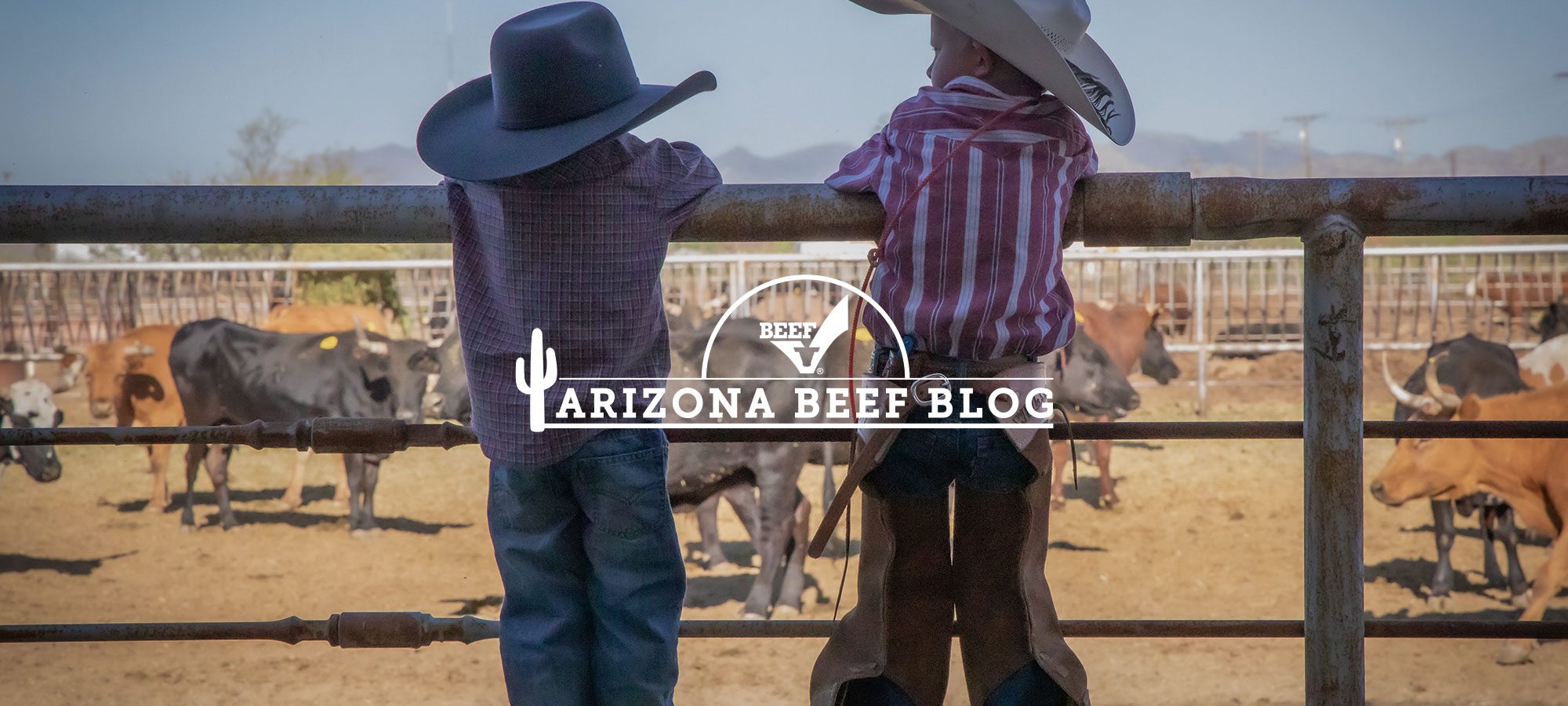
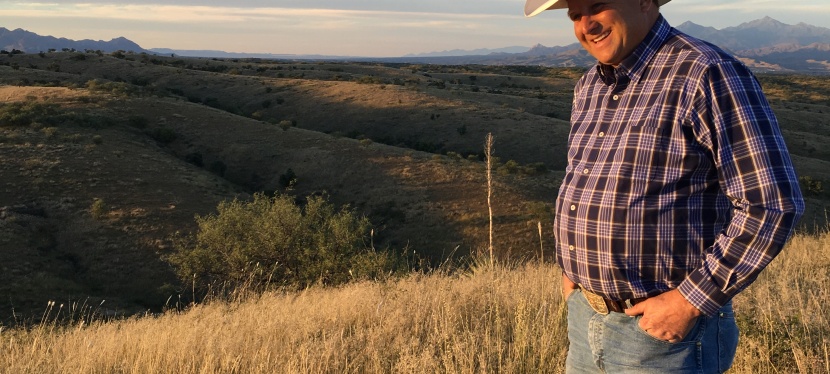

You are my kind of man!
Thank you Dan and Roxanne for all of your hard work and service to All American people 🐂 God bless you both and your family and I hope your troubles go away !!
God Bless ranchers. my family ranched in the Cliff and Silver City area. It was great seeing your photos and reading your “story”. have a safe forever………adios for now.
great story…………adios for now
He got his start as a baby on the Crooked River Ranch in Central Oregon.His Father and Mother, George and Juby managed the ranch for his Grandfather, Thomas Bell. They returned to Nogales in 1970..
Its wonderful to meet or hear you personal info, about you family back ground and your present responsabilities…its nice to know your ranch its beautiful i watched the video of guy searching for the Gila Monter, and there introduced to me your ranch and cattles.. It was so nice!! Adios by now!!!!
We would like to interview you for our website about Ranchers at the Border. Blessingsthroughaction.org and then feature an article on our website. Please e-mail me at nikki.e@blessingsthroughaction.org Thank you. God’s best to you.